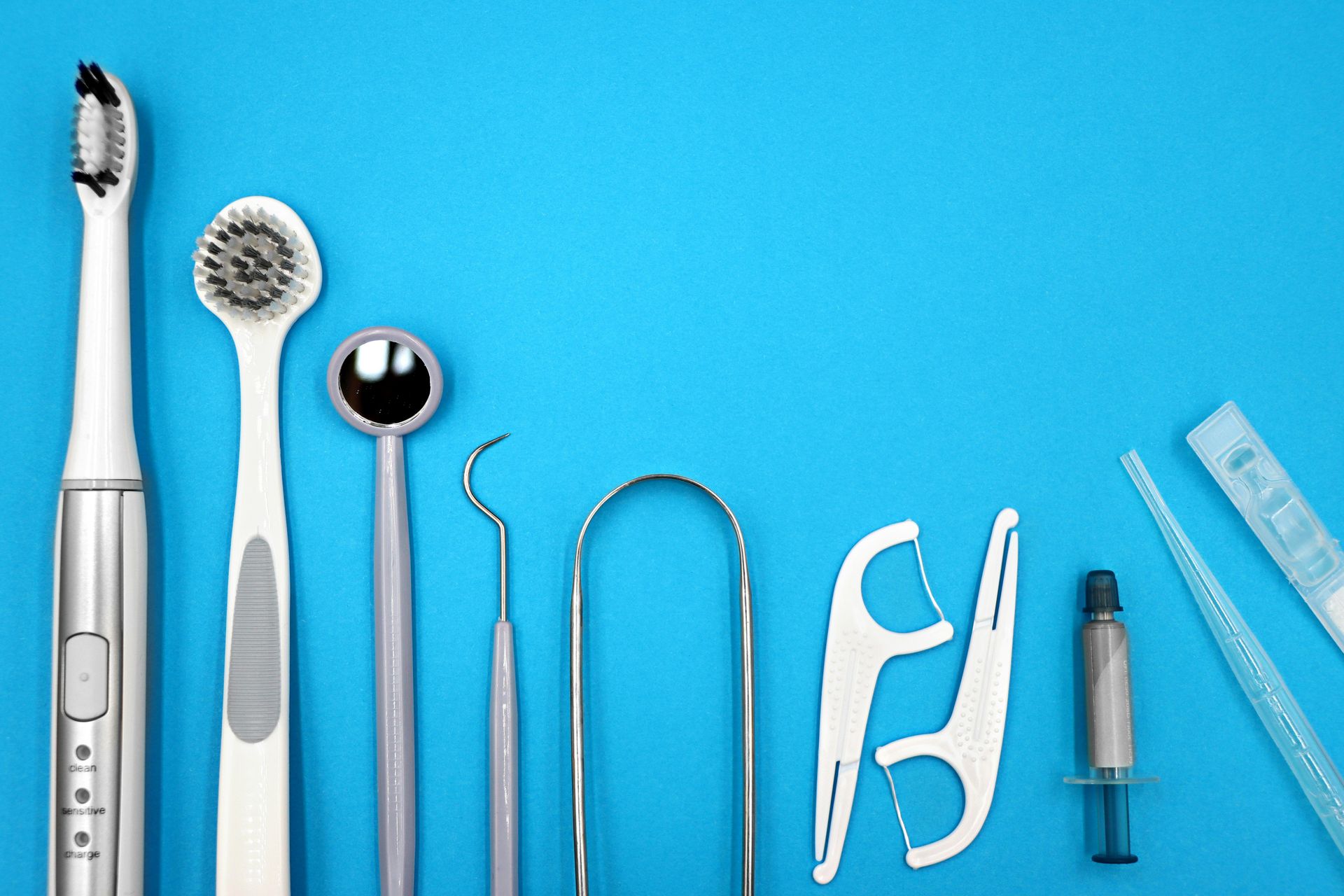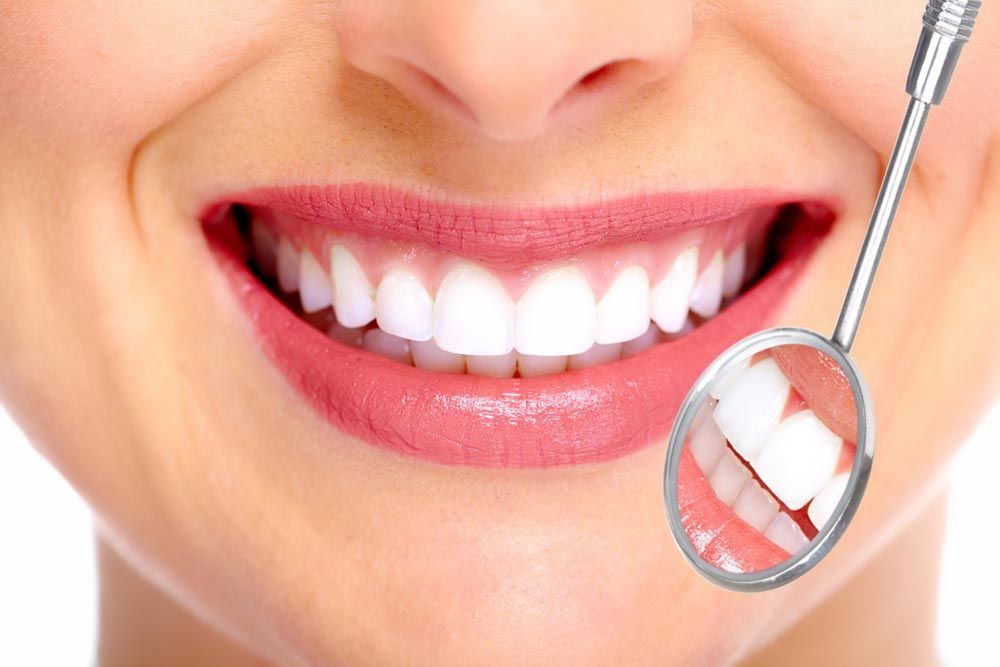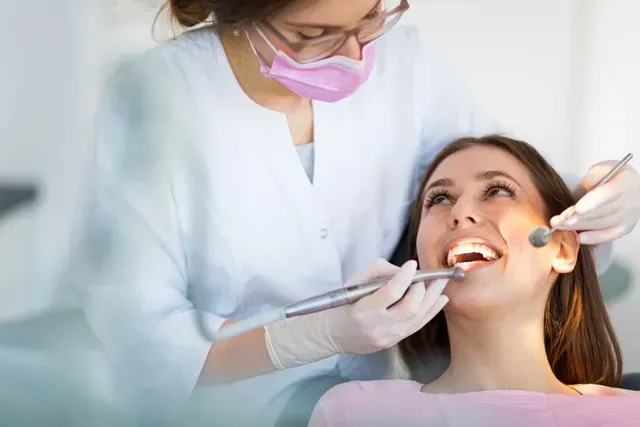What to Expect at an Emergency Dental Appointment
A sudden toothache, a broken crown, or a knocked-out tooth—dental emergencies rarely happen at a convenient time. If you’ve never experienced one before, it can be difficult to know what to expect. Emergency dental care is designed to manage issues requiring urgent attention, such as severe pain, infection, or trauma to the teeth and gums.
Here’s a guide to what you might encounter at an emergency dental appointment, from assessment to follow-up care.

Initial Assessment & Intake Process
The first stage of any emergency dental appointment begins with intake and initial evaluation. This is the foundation for providing appropriate care.
What typically happens:
- You’ll be asked to describe your symptoms and provide relevant medical and dental history.
- The team may prioritise your visit based on the urgency of your condition.
- You might need to complete a medical form detailing current medications, allergies and past treatments.
Purpose of this step:
- To ensure all treatments are safe.
- This will allow the dental team to tailor care according to your medical background.
- To manage more serious emergencies without delay.
Pain Management & Stabilisation
In many cases, the first concern during an emergency dental appointment is relieving discomfort. Addressing pain promptly allows for a more accurate examination and reduces patient distress.
Measures used for initial pain control may include:
- Application of numbing agents or local anaesthesia.
- Temporary dressings or fillings to cover exposed nerves or broken areas.
- Rinsing and cleaning of inflamed or infected areas to minimise irritation.
Why stabilisation matters:
- It allows the dentist to focus on diagnosis and detailed treatment planning.
- It helps reduce swelling or sensitivity that may interfere with further examination.
Dental Examination & Diagnostic Imaging
Once the immediate discomfort is addressed, a more thorough examination can occur. Diagnostic tools help dentists understand what’s causing the issue and decide the best course of action.
Examination and tests may involve:
- A visual and physical assessment of the teeth, gums and surrounding structures.
- X-rays to identify hidden fractures, infections, or decay.
- Probing for tenderness or swelling around certain areas.
What this helps uncover:
- Whether the pain is from decay, trauma, infection or a structural issue.
- If there are complications like abscesses or deep cracks.
- If emergency treatment needs to be followed up with a longer-term solution.
Imaging is an important part of the process and helps inform decisions about next steps, including whether treatment can be completed that day or will need further appointments.
Common Emergency Dental Treatments
The treatment provided during your visit will depend entirely on the diagnosis and severity of the condition. In many cases, the focus is on controlling the issue and planning definitive care.
Typical treatments for emergency dental conditions may include:
- Temporary restorations for cracked, chipped or broken teeth.
- Cleaning and draining of abscesses or inflamed areas.
- Repositioning or securing of teeth that have been dislodged.
- In some cases, the removal of teeth is necessary.
Treatments are usually aimed at:
- Alleviating acute symptoms.
- Preventing further damage or infection.
- Providing time to plan more permanent restorative options.
In some instances, you may be advised to return for a root canal, crown, or implant after the emergency has been addressed.
Infection Control & Managing Abscesses
Infections can lead to swelling, fever, and significant oral discomfort. If an infection is suspected, managing its spread becomes a priority.
Steps a dentist might take to manage infections:
- Cleaning and flushing infected areas.
- Applying antiseptic solutions to reduce bacteria.
- Prescribing antibiotics if clinically appropriate.
- Monitoring for any signs of complications.
Why this matters:
- Infections can progress quickly, especially in enclosed spaces like the mouth.
- Swift identification allows for conservative care and further monitoring.
- In some cases, additional diagnostics may be scheduled to track healing progress.
Patients are usually advised on managing swelling or tenderness at home and when to return for review.
Planning for Ongoing or Follow-Up Treatment
Emergency dental care is often the beginning of a broader treatment plan. Once the immediate issue is addressed, your dentist may discuss options for restoring the affected area or preventing recurrence.
This part of the appointment may include:
- Reviewing diagnostic results and outlining next steps.
- Providing a temporary restoration while waiting for a permanent fix.
- Referring you to a specialist for complex or long-term needs.
Common follow-up treatments might be:
- Full dental crowns for broken or root-treated teeth.
- Deep cleaning for advanced gum issues.
- Tooth replacement options include bridges or implants.
The dentist may also schedule a future check-up to monitor healing and evaluate treatment outcomes.
Advice for First-Time Emergency Patients
Many patients visiting an emergency dentist are unsure about how to prepare. Knowing what to bring and what to expect can make your visit less stressful.
Things to keep in mind:
- Bring identification and any health fund information.
- Note the time your symptoms started and how they’ve changed.
- Be honest about the pain level and any medications you’ve taken.
- Don’t self-medicate without advice, especially with antibiotics.
A few practical tips:
- Arrive a little early to allow time for paperwork.
- If there’s swelling, applying a cold compress can help before the visit.
- Avoid eating until after seeing the dentist, in case numbing or sedation is required.
When to Seek Emergency Dental Care
Not all oral health issues require immediate attention, but some signs should prompt a call to an emergency dentist.
Common symptoms that warrant urgent care include:
- Sudden or severe tooth pain that doesn’t improve with basic measures.
- A tooth that has been chipped, fractured or knocked out.
- Bleeding from the gums or mouth that doesn’t stop.
- Swelling that interferes with breathing or swallowing.
- Persistent sensitivity or signs of infection, such as pus or fever.
Consider reaching out for an emergency dental appointment if:
- Your discomfort is increasing.
- Pain is affecting your sleep or daily function.
- You’re unsure whether the problem is getting worse.
Even if the issue seems minor, seeking professional advice can help manage it early and avoid escalation.
Reach Out for Emergency Dental Needs in Townsville
At Aspire Dental, we know that emergencies can happen unexpectedly and cause significant stress. Our emergency dentist in Townsville is available to help address dental problems promptly and professionally, whether you’re dealing with sudden pain or an injury. We offer tailored treatments to assess your needs and appropriately manage the situation. Give us a call for more information or to book a consultation or service.









